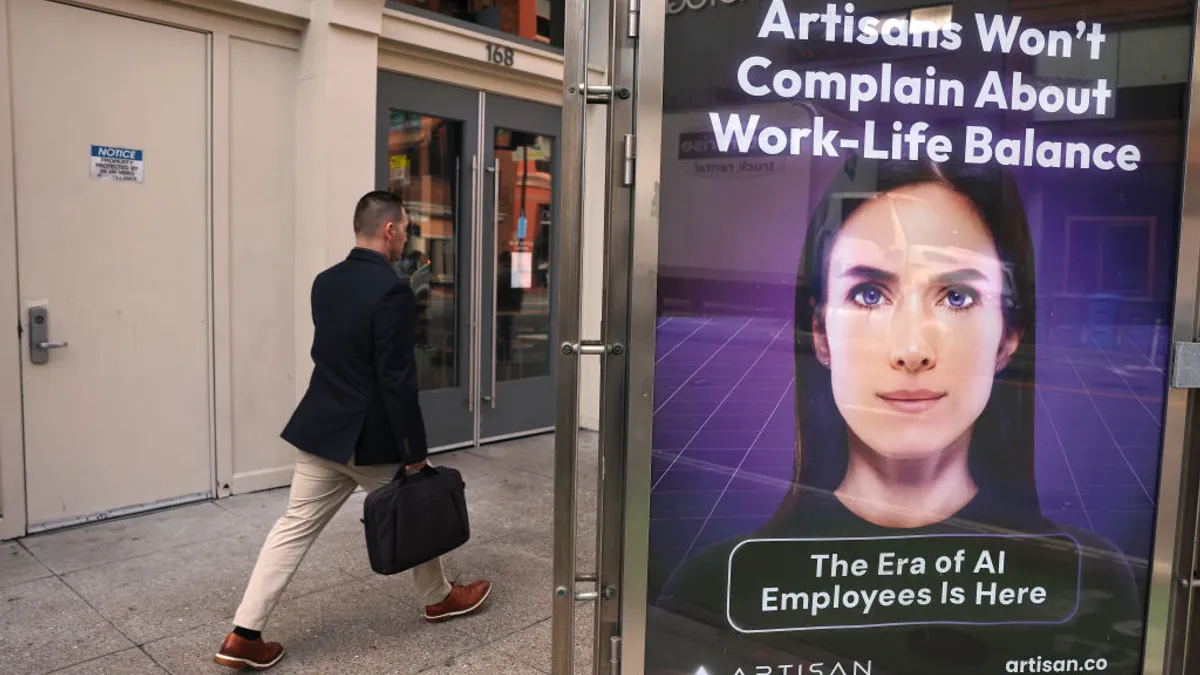Dive Brief:
- Employer-provided training has become more visible, with 8.1% of job postings in August mentioning training programs, up from 3.4% in January 2018, according to research by Indeed’s Hiring Lab.
- However, training opportunities are unevenly distributed among occupations, clustering instead in fields such as security, public safety, personal care and home health, roles that often require less education and experience, offer lower wages and have lower exposure to artificial intelligence, the research found.
- In contrast, technical or high-skill professional roles, such as those in data and analysis, that are more likely to be affected by AI — are also areas where “employers appear least inclined to advertise training, potentially limiting workers’ ability to adapt as technologies evolve,” Hiring Lab economists Guillermo Gallacher and Yusuke Aoki wrote in an Oct. 9 post.
Dive Insight:
While mentions of training in job postings have increased, the drivers are harder to pin down, Gallacher and Aoki noted.
One reason for the increase may be that employers are responding to regulatory changes requiring new certifications or disclosures about training, the Hiring Lab economists said. They also pointed to another possible driver: expanding training to address skill shortages, a strategy that aligns with what job seekers expect, according to a June report from Aerotek, a workplace solutions provider.
In a survey of more than 2,600 job seekers in the manufacturing, logistics, construction, aviation, facilities and maintenance sectors, nearly three-quarters of respondents said they expect employers to provide opportunities to learn new skills, Aerotek found.
But for some HR professionals, using expanded training to draw in talent puts them in a catch-22, HR Dive’s 2025 Identity of HR survey revealed.
Organizations responding to the Identity of HR survey said they’re having a hard time finding the right people with the right skills, but at the same time, training as a top priority dropped from 12% in 2024 to just 5% in 2025.
Even so, Indeed’s Hiring Lab found that from January to August 2025, five categories of job postings stood out as mentioning training at noticeable rates: security and public safety (23.1%); personal care and home health (17.7%); installation and maintenance (14.4%); cleaning and sanitation (14%); and driving (13.1%).
Conversely, job postings for roles in industrial engineering (1.5%); pharmacy (1.5%); IT systems and solutions (1.4%); data and analysis (1.4%); and physicians and surgeons (1.3%) were the least likely to advertise training.
This may be because these roles require certain specific skills, obtained through education or after years of professional experience, and employers expect workers to take greater responsibility for their own training, Gallacher and Aoki noted.














